Here’re the 6 Glycerin Uses You Need To Know!
1. As a Compost Activator
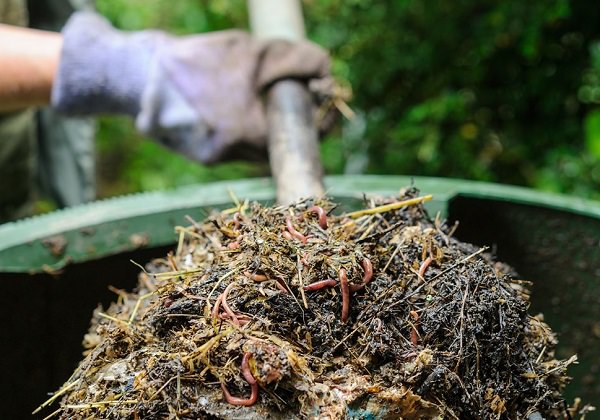
You can compost excess
glycerin by-product as it is non-toxic and biodegrades quickly. It will need to be mixed thoroughly with other materials so that the air and bacteria can get at it, or it will just make a sticky mass — mix thoroughly with dry, “brown” materials, use in conjunction with other composting materials as only a part of the overall mix. The research report available in PDF format at University of Wisconsin’s website concludes that if the glycerin is used at the proper ratio, it works positively.
Another study from the University of Singapore suggests that mixing glycerin in compost boosts the growth of wheat grass, leading to an increase in shoot harvest and plant height.
Glycerin also helps to heat up the compost pile to considerable temperatures, thereby creating an optimal environment for the growth and metabolism of soil bacteria.
2. Enhance the Growth and Productivity of Plants
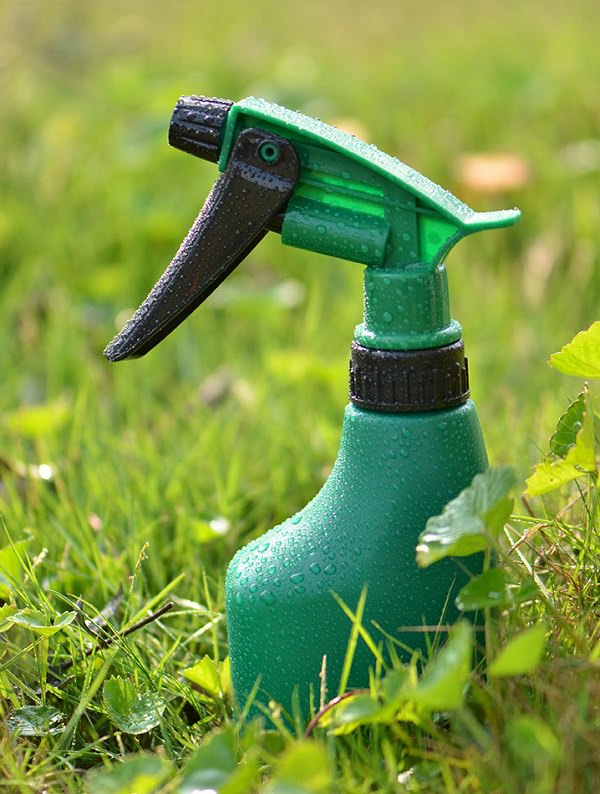
Glycerin acts as an effective vehicle to allow deeper penetration of plant regulators such as indole-beta-acetic acid. The consequence is a
quick acceleration in the rooting and a greater quantity of harvest. Glycerin also functions as a nice solvent to heighten the efficacy of insecticides. Glycerin improves the root growth is proved in several studies if used as a foliar spray or soil drench. You can apply the glycerin in the concentration of 10 mL per liter as a foliar spray on your plants.
Foliar sprays and drenches were administered to carrots at concentrations of 0, 1, 3, 5, 10, 25, or 50 ml per liter. Fresh weights, dry weights, and taproot diameter from carrot seedlings sprayed with a solution containing 5 mL·L−1 (50 mM) glycerol
increased105.6%, 158.4%, and 53.8%, respectively, when compared with untreated carrots.
Increasing the glycerol concentration above 10 mL per liter did not improve either shoot or root growth.
The study conducted by
Fahad AL Otaibi and
Jeff Schoenau Department of Soil Science, University of Saskatchewan, Canada draws following conclusions:
Utilization of glycerol as organic amendment could improve some soil conditions to
enhance growth.
- Glycerol application at high rates can lead to immobilization of N and P in soils.
- Use of N-fixing rhizobia-legume symbiosis can be of benefit in overcoming N-limitations.
- Glycerol can increase soil organic matter content which has subsequent benefits to soils.
- Glycerol and microbial biofertilizers could be used together to enhance plant growth. Efficient inoculants that are superior in N-fixation should be selected and used
3. As a Stimulant of Soil Microbes
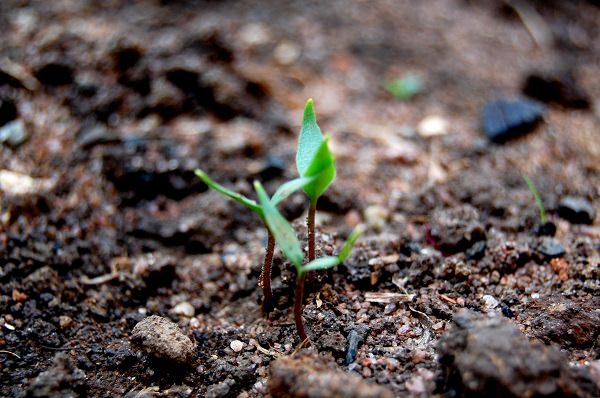
Glycerin has been found to boost the metabolism of nitrogen-fixing bacteria in the soil. Certain strains of bacteria utilize glycerol as a carbohydrate source to produce alcohol byproducts such as ethanol, butanol, and propanediol, as well as acetic acid. This enables them to replenish their energy stores to carry out important anabolic functions such as cell division, differentiation, motility, and growth. By allowing beneficial soil bacteria to thrive and colonize, glycerin indirectly promotes plants’ health.
4. As a Substitute for Water
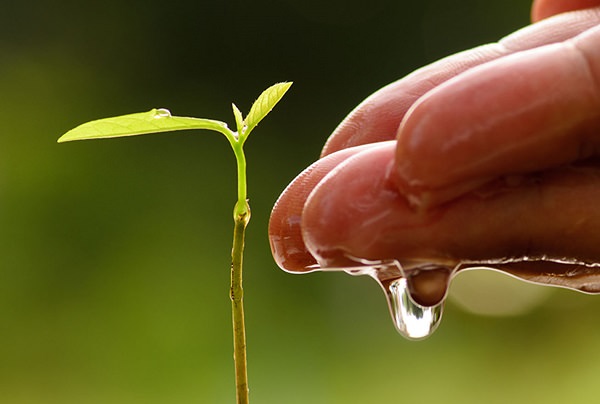
There are not enough evidence to say if this works or not
but you can try and experiment. Diluted solutions of glycerin can be used in place of water to moisten and aerate the peat moss. According to one study, Glycerol (0.1 to 10%) can be substituted for water to moisten peat moss around roots before shipping resulting in more successful transplanting. Narcissus sp. bulbs grown in gravel with diluted glycerol solutions exhibited greater growth and flowering.
5. As a Seed Germination Stimulant
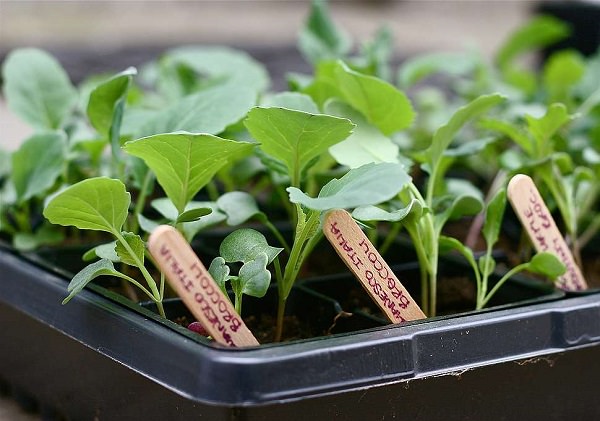
Soaking seeds in a solution of diluted glycerin helps to counteract the adverse impact of salinity on growth and metabolism, thereby allowing seeds to germinate with greater vigor and exhibit higher levels of essential oils and alkaloids that promote health.
In an experiment, seeds of Castor bean (
Ricinus communis L.) soaked for 48 hours in 5, 25, or 50 m
M glycerol or a mixture of 10:5, 25:10, and 50:15 m
M glycerol:aspartic acid, respectively, resulted in seedlings exhibiting higher fresh and dry weights than seedlings obtained from water-soaked seeds.
6. Preserve Flowers
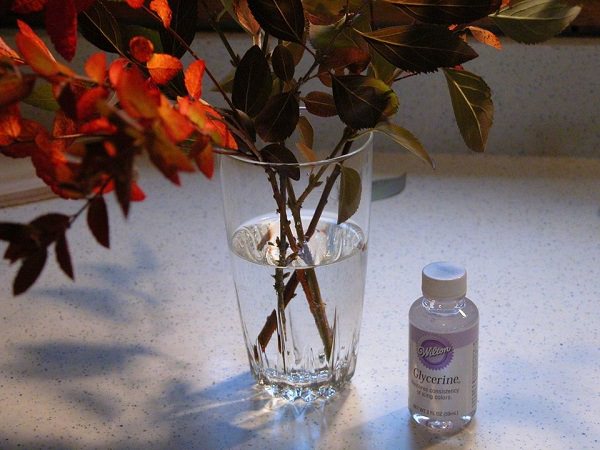
Flower preservation is returning as a popular hobby. Some brides want to save flowers from their wedding bouquet. Gardeners want to decorate their houses with flowers grown in their own flowerbeds. Unfortunately, any methods for preserving flowers leave the flowers brittle. One method for preserving flowers that retain a more life-like appearance is to dip them in a solution of glycerin and water.
 You can compost excess glycerin by-product as it is non-toxic and biodegrades quickly. It will need to be mixed thoroughly with other materials so that the air and bacteria can get at it, or it will just make a sticky mass — mix thoroughly with dry, “brown” materials, use in conjunction with other composting materials as only a part of the overall mix. The research report available in PDF format at University of Wisconsin’s website concludes that if the glycerin is used at the proper ratio, it works positively.
You can compost excess glycerin by-product as it is non-toxic and biodegrades quickly. It will need to be mixed thoroughly with other materials so that the air and bacteria can get at it, or it will just make a sticky mass — mix thoroughly with dry, “brown” materials, use in conjunction with other composting materials as only a part of the overall mix. The research report available in PDF format at University of Wisconsin’s website concludes that if the glycerin is used at the proper ratio, it works positively.
 Glycerin acts as an effective vehicle to allow deeper penetration of plant regulators such as indole-beta-acetic acid. The consequence is a quick acceleration in the rooting and a greater quantity of harvest. Glycerin also functions as a nice solvent to heighten the efficacy of insecticides. Glycerin improves the root growth is proved in several studies if used as a foliar spray or soil drench. You can apply the glycerin in the concentration of 10 mL per liter as a foliar spray on your plants.
Foliar sprays and drenches were administered to carrots at concentrations of 0, 1, 3, 5, 10, 25, or 50 ml per liter. Fresh weights, dry weights, and taproot diameter from carrot seedlings sprayed with a solution containing 5 mL·L−1 (50 mM) glycerol increased105.6%, 158.4%, and 53.8%, respectively, when compared with untreated carrots. Increasing the glycerol concentration above 10 mL per liter did not improve either shoot or root growth.
The study conducted by Fahad AL Otaibi and Jeff Schoenau Department of Soil Science, University of Saskatchewan, Canada draws following conclusions:
Utilization of glycerol as organic amendment could improve some soil conditions to
enhance growth.
Glycerin acts as an effective vehicle to allow deeper penetration of plant regulators such as indole-beta-acetic acid. The consequence is a quick acceleration in the rooting and a greater quantity of harvest. Glycerin also functions as a nice solvent to heighten the efficacy of insecticides. Glycerin improves the root growth is proved in several studies if used as a foliar spray or soil drench. You can apply the glycerin in the concentration of 10 mL per liter as a foliar spray on your plants.
Foliar sprays and drenches were administered to carrots at concentrations of 0, 1, 3, 5, 10, 25, or 50 ml per liter. Fresh weights, dry weights, and taproot diameter from carrot seedlings sprayed with a solution containing 5 mL·L−1 (50 mM) glycerol increased105.6%, 158.4%, and 53.8%, respectively, when compared with untreated carrots. Increasing the glycerol concentration above 10 mL per liter did not improve either shoot or root growth.
The study conducted by Fahad AL Otaibi and Jeff Schoenau Department of Soil Science, University of Saskatchewan, Canada draws following conclusions:
Utilization of glycerol as organic amendment could improve some soil conditions to
enhance growth.
 Glycerin has been found to boost the metabolism of nitrogen-fixing bacteria in the soil. Certain strains of bacteria utilize glycerol as a carbohydrate source to produce alcohol byproducts such as ethanol, butanol, and propanediol, as well as acetic acid. This enables them to replenish their energy stores to carry out important anabolic functions such as cell division, differentiation, motility, and growth. By allowing beneficial soil bacteria to thrive and colonize, glycerin indirectly promotes plants’ health.
Glycerin has been found to boost the metabolism of nitrogen-fixing bacteria in the soil. Certain strains of bacteria utilize glycerol as a carbohydrate source to produce alcohol byproducts such as ethanol, butanol, and propanediol, as well as acetic acid. This enables them to replenish their energy stores to carry out important anabolic functions such as cell division, differentiation, motility, and growth. By allowing beneficial soil bacteria to thrive and colonize, glycerin indirectly promotes plants’ health.
 There are not enough evidence to say if this works or not but you can try and experiment. Diluted solutions of glycerin can be used in place of water to moisten and aerate the peat moss. According to one study, Glycerol (0.1 to 10%) can be substituted for water to moisten peat moss around roots before shipping resulting in more successful transplanting. Narcissus sp. bulbs grown in gravel with diluted glycerol solutions exhibited greater growth and flowering.
There are not enough evidence to say if this works or not but you can try and experiment. Diluted solutions of glycerin can be used in place of water to moisten and aerate the peat moss. According to one study, Glycerol (0.1 to 10%) can be substituted for water to moisten peat moss around roots before shipping resulting in more successful transplanting. Narcissus sp. bulbs grown in gravel with diluted glycerol solutions exhibited greater growth and flowering.
 Soaking seeds in a solution of diluted glycerin helps to counteract the adverse impact of salinity on growth and metabolism, thereby allowing seeds to germinate with greater vigor and exhibit higher levels of essential oils and alkaloids that promote health.
In an experiment, seeds of Castor bean (Ricinus communis L.) soaked for 48 hours in 5, 25, or 50 mM glycerol or a mixture of 10:5, 25:10, and 50:15 mM glycerol:aspartic acid, respectively, resulted in seedlings exhibiting higher fresh and dry weights than seedlings obtained from water-soaked seeds.
Soaking seeds in a solution of diluted glycerin helps to counteract the adverse impact of salinity on growth and metabolism, thereby allowing seeds to germinate with greater vigor and exhibit higher levels of essential oils and alkaloids that promote health.
In an experiment, seeds of Castor bean (Ricinus communis L.) soaked for 48 hours in 5, 25, or 50 mM glycerol or a mixture of 10:5, 25:10, and 50:15 mM glycerol:aspartic acid, respectively, resulted in seedlings exhibiting higher fresh and dry weights than seedlings obtained from water-soaked seeds.
 Flower preservation is returning as a popular hobby. Some brides want to save flowers from their wedding bouquet. Gardeners want to decorate their houses with flowers grown in their own flowerbeds. Unfortunately, any methods for preserving flowers leave the flowers brittle. One method for preserving flowers that retain a more life-like appearance is to dip them in a solution of glycerin and water.
Flower preservation is returning as a popular hobby. Some brides want to save flowers from their wedding bouquet. Gardeners want to decorate their houses with flowers grown in their own flowerbeds. Unfortunately, any methods for preserving flowers leave the flowers brittle. One method for preserving flowers that retain a more life-like appearance is to dip them in a solution of glycerin and water.
No comments:
Post a Comment